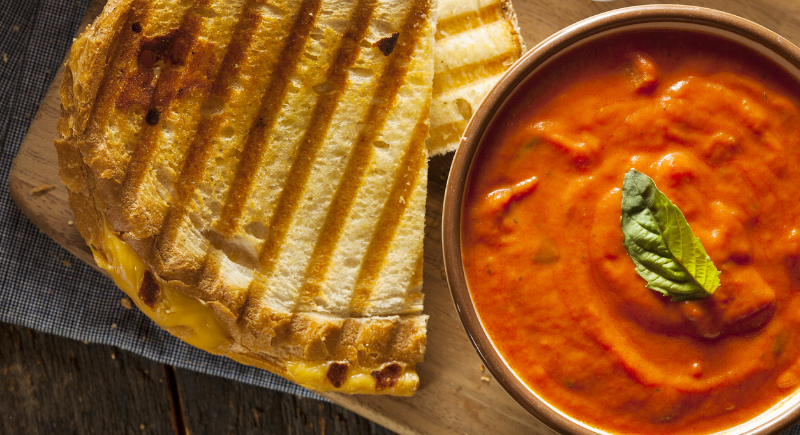How Franklin D. Roosevelt’s Favorite Dish Became a Symbol of Hope During the Depression
When the United States was deep in the grip of the Great Depression, families across the country needed comfort. They wanted something familiar at the dinner table that didn’t drain already tight budgets. Even the president himself wasn’t immune to that craving.
Franklin D. Roosevelt, the man who guided the nation through its darkest economic years, found comfort in a dish as humble as it was hearty. His choice came to represent the resilience of ordinary Americans during extraordinary times.
The dish in question was simple, affordable, and within reach of almost every household. The timing of its rise couldn’t have been more fitting. Just as Roosevelt was stepping into office in 1933, the ingredients that made his favorite meal possible were becoming widely available.
Bread, Cheese, And A Nation In Crisis

Image via Pexels/NastyaSensei
Before the 1930s, bread and cheese had been staples for centuries, but the modern version that Roosevelt loved came about thanks to two 20th-century inventions. James L. Kraft patented processed cheese in 1916, which made it easier and cheaper to store and distribute.
Then in 1930, Wonder Bread hit grocery store shelves in neat, pre-sliced loaves. By the time Roosevelt took office, the combination of processed cheese and sliced bread made one of his favorite meals both practical and affordable for families struggling to get by.
Adding tomato soup to the plate sealed the deal. Campbell’s had been canning it since the late 1800s, and by the Depression years, it was one of the cheapest pantry staples available. Together, a grilled cheese sandwich and tomato soup could feed a family without much money or effort.
It was filling, warm, and simple to make, which explains why it spread from household kitchens to schools and hospitals. Americans were trying to stretch every dollar, and this was comfort food that made sense.
The White House And The Fireside
Roosevelt’s presidency is often remembered for his radio talks, where he spoke directly to Americans in plain language and offered comfort during hard times. Behind the scenes, his meals mirrored the same spirit of accessibility. While he certainly enjoyed finer foods like oysters or steak, his grilled cheese and tomato soup pairing reflected his ability to connect with everyday Americans.
Eleanor Roosevelt also played a role in shaping the food narrative of the era. With the help of home economists and the Bureau of Home Economics, she promoted practical, budget-friendly meals to set an example for the nation. At times, the White House kitchen even leaned too far toward thrift, which led to guest complaints about uninspired menus.
Comfort That Lasted Beyond The Depression

Image via iStockphoto/Bhofack2
As the Depression gave way to World War II, Roosevelt’s favorite meal stayed firmly in American kitchens. Rationing and shortages shaped what families could cook. Yet, grilled cheese and tomato soup remained practical because they required only a handful of ingredients and still delivered filling protein and calories. It could also be scaled up for large groups, so even as people were asked to make sacrifices, the meal stayed both affordable and comforting.
Today, the pairing of grilled cheese and tomato soup is still one of the country’s most familiar comfort foods, and although it is often dressed up with artisan breads or creative cheeses, its roots stretch back to a time when Americans relied on simple, reliable meals to hold on to hope.